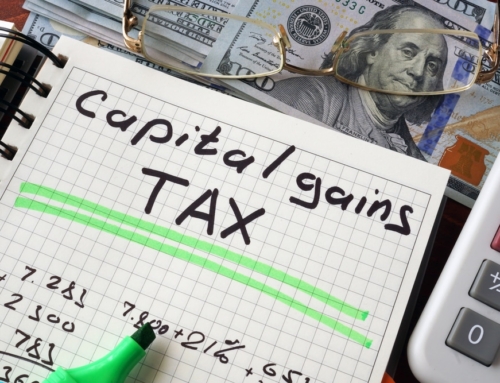The very best way to project your tax liability is to work with a tax professional who uses professional tax tools.
So, the first tip to calculating what you owe is to establish a relationship with a tax preparer that you see at least once a year for a consultation. Even if you prepare your own tax return, you may want to consult with someone in the middle of the year to do some planning and revise your withholding.
How can you find the right tax professional? You can find qualified tax pros in large firms, small firms, and even in store-front firms. Just ask the right questions to make sure you can find an individual in the firm with whom you can establish a long-term relationship.
But if you don’t want to go to that expense, what’s your other alternative? You can do your own projections for free.
Just log into your favorite tax software. Most of them will let you set up a separate account without even entering your Social Security number. Or, you can use your own live account and carry data over from last year. You won’t pay anything until you actually file your tax return.
In the past, tax software companies would charge you if you printed out the returns. These days, many of the software companies will let you print without charging. They will only charge you to e-file your returns.
Once logged in, you can test scenarios using different filing statuses, different dependents (if you have a choice about who gets to claim a child), and different ways to deduct expenses.
Enter the same kind of information that you would use to prepare your tax return.
• Your W-2 or final paystub
• Any 1099-MISCs you got from companies that hired you. If you had your own business and/or did freelance work, enter your income whether you received a 1099-MISC or not.
• All 1099s from banks and other agencies, with your investment information.
K-1s from all partnerships and S Corporations. If this is the final year for your partnership or S corporation, you will want a tax pro to help you. There are a variety of tax considerations that can benefit you in the final year that the software might not pick up automatically . I just heard from a tax pro whose client didn’t tell him about the final K-1 in 2009 until this year. That taxpayer lost an $8,000 refund because it’s too late to amend 2009.
• Any other documents that might reflect income, such as unemployment compensation, Social Security, scholarships, state tax refunds, gambling winnings, capital gains, retirement account distributions, pensions, or rental income.
• Expenses. On the personal side, you have the Form 1098 for your mortgage, your property tax statements, vehicle registrations, charitable contributions, unreimbursed employee business expenses, and union dues, in addition to a variety of investment costs.
Once you’ve entered all of your information, you’ll have a good idea of what you might owe in taxes this year and plan accordingly. If you discover you’ll owe a significant sum or receive a large tax refund, now might be the perfect time to adjust your tax withholding.
Eva Rosenberg, EA, is the publisher of TaxMama.com®, where your tax questions are answered. She teaches tax professionals how to represent you when you have tax problems. She is the author of several books and e-books, including Small Business Taxes Made Easy. Follow her on Twitter: @TaxMama






